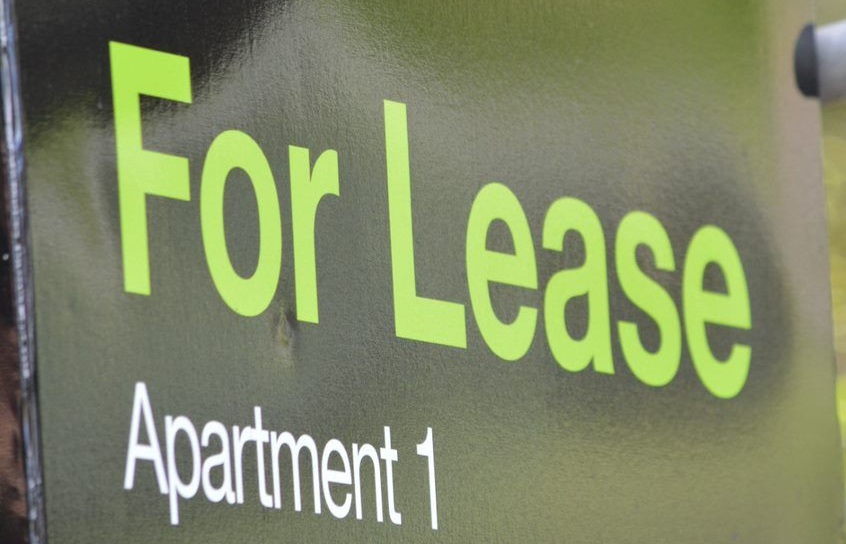Things to think about when insuring your first rental property
The excitement you get when you purchase your first investment property is sometimes overwhelming (in a good way!).
 While it is important to soak up the prospect of financial freedom, new investors need to think about how they are going to protect their new asset and the income they are set to derive.
While it is important to soak up the prospect of financial freedom, new investors need to think about how they are going to protect their new asset and the income they are set to derive.
The difference between an investment property being a dream or a financial nightmare can be as simple as selecting the right insurance.
A good landlord insurance policy offers extra protection not typically included in standard home and contents policies including cover for insured events (such as fire, storm and flood), loss of rent, legal liability and tenant-related damage.
However, it isn’t ‘one size fits all’.To make sure landlords are well protected, it is important they understand the cover they need and find an insurance solution that suits.
Here are five things landlords should think about when insuring their first rental property…
#1 Professional property management – is it enough?
While property managers do a fantastic job to reduce the risks associated with owning an investment property, even the best property manager cannot control or predict a tenant’s relationship breakdown or job loss, or an attack by Mother Nature, which is why it is important to invest in extra protection.
Example: A tenant has been living in a property for more than five years and has built a strong relationship with their property manager.
Because the tenant has a perfect record of paying rent on time, and has been residing in the property for so long, the landlord asks the property manager to cancel the landlord insurance on the property.
Unfortunately, two months later, the tenant loses their job and income.
The first thing the tenant stops paying is rent.
What was meant to be a cost-saving decision, turns into an expensive mistake.
#2 Underinsurance
Many owners underestimate how much it would really cost to replace their investment property and its contents, and inadvertently find themselves underinsured.
Remember building costs and standards change and you need to base your sum insured on the amount it would cost to rebuild the property (not on the original purchase price).
TIP: Engage a quantity surveyor, builder or sworn independent valuer to get an accurate estimate.
And don’t forget to factor in other expenses such as demolition, debris removal, and architectural, engineering and council costs.
When it comes to the sum insured for contents, make an inventory of the contents within the rental and ensure replacement costs are up-to-date.
#3 Over-insurance
This is not a joke – there actually is such a thing as having too much cover.
While you don’t want to be half-protected, you also don’t want to be protected for more than you own.
If you do over-insure, it essentially means you are paying more than what you need to.
 For example, you may live in an apartment building and decide to take out a landlord, contents and building policy.
For example, you may live in an apartment building and decide to take out a landlord, contents and building policy.
BUT, your body-corp is likely to already cover the building under a strata titled policy.
This means, you are paying for building cover when you actually don’t need to.
#4 Correct cover
Before we dig deeper into ‘correct cover’ we want to quickly touch on aligning with the ‘correct provider’.It is important landlords partner with an insurance company that has a good reputation for paying claims.
While having correct cover is significant, it is worth nothing if the insurer always tries to get out of paying claims.
If you partner with the right provider, and select a good landlord insurance policy, it will typically offer cover for these areas:
- tenant damage and loss of rent;
- contents insurance;
- building cover; and
- legal liability.
Depending on your property and requirements, you may need a policy that covers ALL, or only a few of these areas.
The main confusion comes from those who own strata titled properties (such as apartments, villas or units).
This is because the body corporate may insure the building and common areas in the property – including common hallways, garden and driveway.
Because these are covered through the body corporate, many landlords assume they do not need to purchase insurance themselves – this is not the case, as the body corporate’s responsibility stops at the doorway.
This means, it does not protect unit contents including non-fixed appliances, furniture and electronics, and does not offer protection for loss of rent or legal liability (click here to find out why legal liability is so important and why this protection stretches in the millions).
The bottom line is – in this scenario, a landlord and contents policy is still required.
In addition, the type of tenancy can impact your insurance.
While a periodic tenancy agreement (or month-to-month agreement) may be beneficial as it allows for more flexibility in the tenancy, many policies require a fixed-term lease to be in place at the time of a loss.
So, make sure you understand your coverage regarding periodic leases and lease continuations and determine whether your insurer will pay out during this type of tenancy.
#5 The cheapest option vs the expensive option
There are many reasons premiums vary from insurer to insurer and policy to policy, including amount of cover, sum insured, excess and limits.
Excess – the portion of the claim you must pay before the rest of the claim is paid – is a big one to look out for… some insurers charge low premiums but high excesses which almost render a claim worthless.
When looking for an adequate insurance policy, it is suggested a decision is based on value and need, not price.
This article was written by the team at EBM RentCover
and was originally published here.




